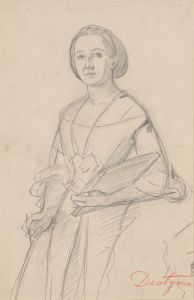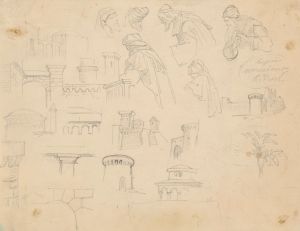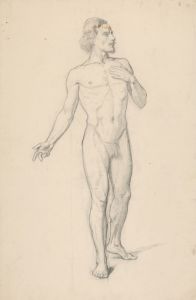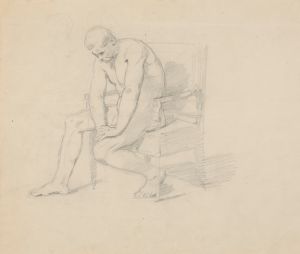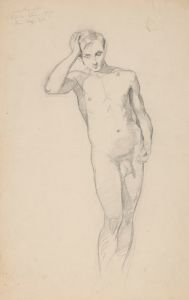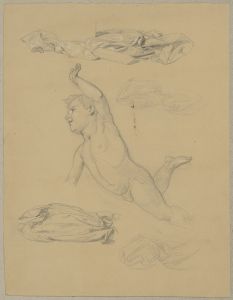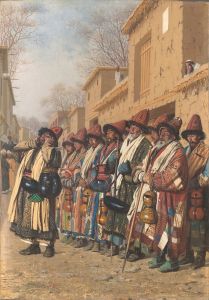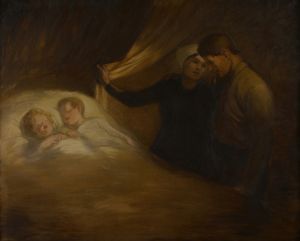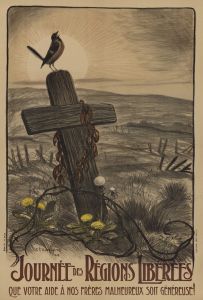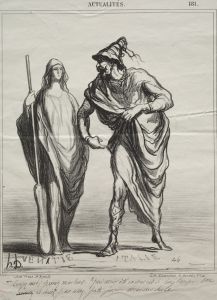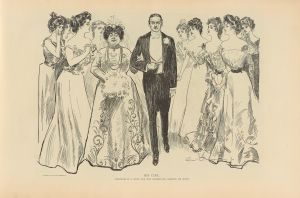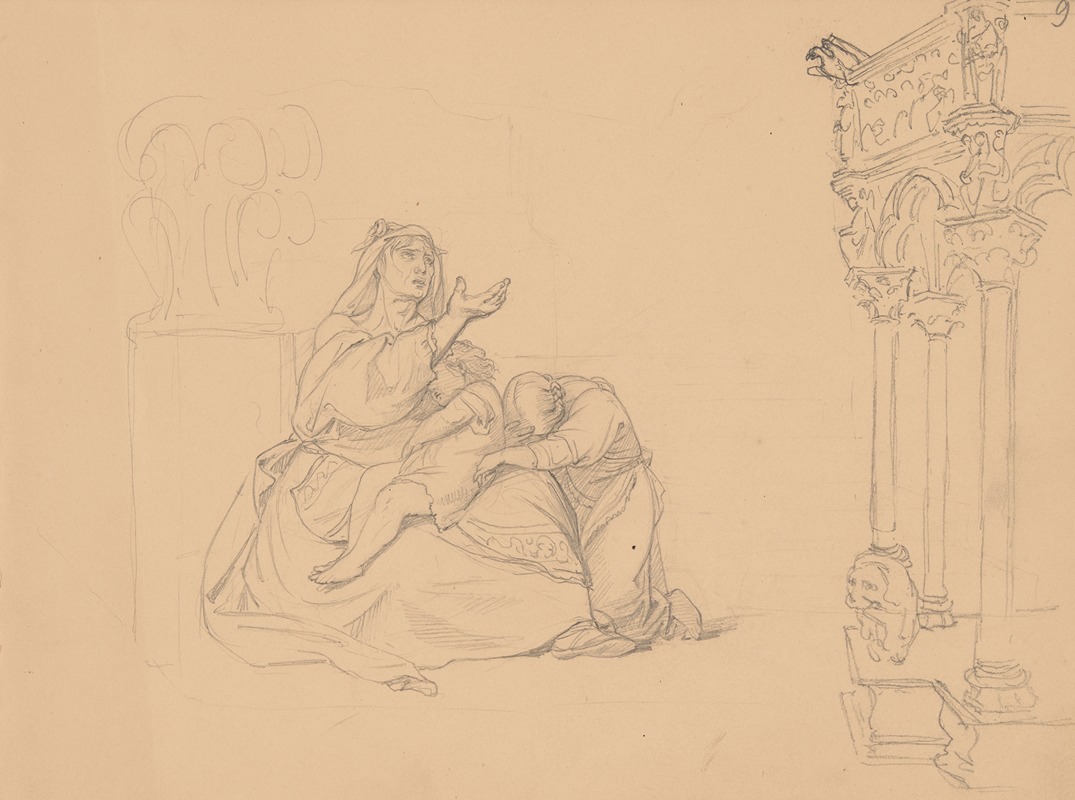
A woman with two children with a hand extended in a gesture of begging
A hand-painted replica of Józef Simmler’s masterpiece A woman with two children with a hand extended in a gesture of begging, meticulously crafted by professional artists to capture the true essence of the original. Each piece is created with museum-quality canvas and rare mineral pigments, carefully painted by experienced artists with delicate brushstrokes and rich, layered colors to perfectly recreate the texture of the original artwork. Unlike machine-printed reproductions, this hand-painted version brings the painting to life, infused with the artist’s emotions and skill in every stroke. Whether for personal collection or home decoration, it instantly elevates the artistic atmosphere of any space.
Józef Simmler was a notable Polish painter of the 19th century, recognized for his contributions to the Romantic movement in Poland. One of his works, "A Woman with Two Children with a Hand Extended in a Gesture of Begging," reflects the social realities and emotional depth characteristic of his oeuvre. Simmler was born in 1823 in Warsaw and studied art in Dresden, Munich, and Paris, which were significant centers of artistic development during that period. His education and exposure to various European art movements influenced his style, which often combined elements of Romanticism with a keen sense of realism.
The painting "A Woman with Two Children with a Hand Extended in a Gesture of Begging" is a poignant depiction of poverty and desperation. It portrays a woman with two children, one of whom she holds close while the other stands beside her. The woman's hand is extended, symbolizing a plea for help or charity. This gesture is central to the painting's emotional impact, highlighting the vulnerability and hardship faced by the subjects. The artwork captures a moment of human struggle, evoking empathy and reflection from the viewer.
Simmler's choice of subject matter is significant, as it reflects the socio-economic conditions of the time. The 19th century was a period of great change and upheaval in Europe, marked by industrialization, political revolutions, and social transformations. Many artists of the Romantic period sought to address these changes by focusing on themes of human suffering, nature, and the sublime. Simmler, through this painting, contributes to this tradition by focusing on the plight of the poor and marginalized.
The composition of the painting is carefully constructed to draw the viewer's attention to the figures and their emotional state. The use of light and shadow enhances the dramatic effect, with the woman's face partially illuminated to emphasize her expression of desperation. The children, depicted with tender realism, add to the emotional weight of the scene, underscoring the innocence and vulnerability of youth in the face of adversity.
Simmler's technical skill is evident in the detailed rendering of the figures and the subtle use of color to convey mood. The muted palette reflects the somber theme, while the careful attention to detail in the clothing and features of the subjects adds a layer of authenticity to the work. This attention to detail is a hallmark of Simmler's style, demonstrating his ability to combine technical proficiency with emotional depth.
While specific details about the painting's commission or exhibition history are not widely documented, it is consistent with Simmler's broader body of work, which often explored themes of human emotion and social issues. His paintings were well-received in his lifetime, and he remains an important figure in Polish art history.
In summary, "A Woman with Two Children with a Hand Extended in a Gesture of Begging" by Józef Simmler is a compelling example of 19th-century Romantic art that addresses themes of poverty and human suffering. Through its emotional depth and technical skill, the painting invites viewers to reflect on the social conditions of the time and the enduring human capacity for empathy and compassion.






